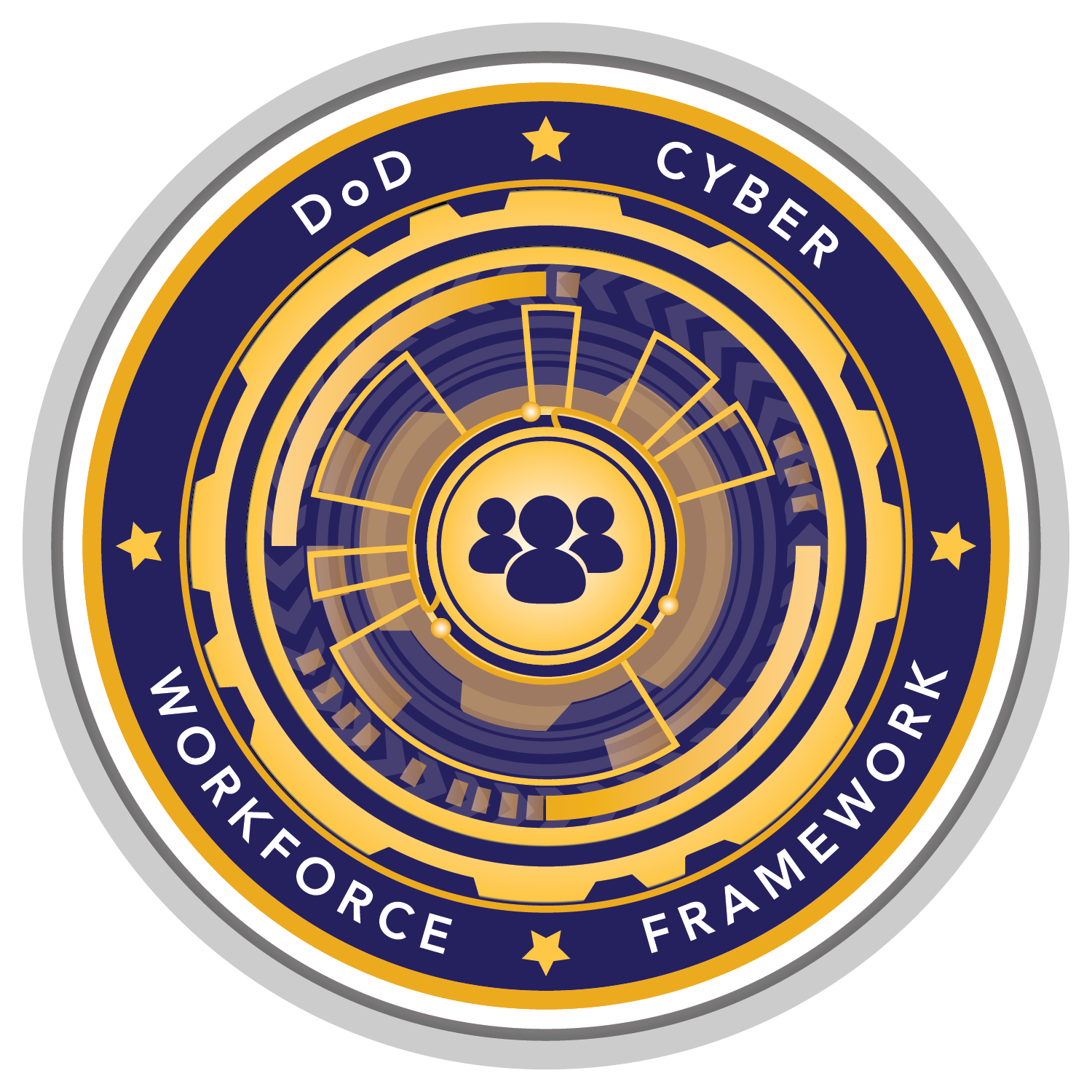
Today’s world is fast moving, connected, and highly-contested. In the face of cyberspace warfare by the most capable adversaries, the Department of Defense must ensure dependable mission execution. To offensively and defensively defend our network, our information systems, and our data in order to protect a wide range of critical services, we must have a knowledgeable and skilled DoD Cyberspace Workforce that can adapt to the dynamic cyber environment and adjust resources to meet mission requirements.
The DCWF is the Department’s standardized cyber workforce lexicon of work roles that will be used for coding positions. Workforce coding is used to support a number of DoD-wide workforce management and workforce planning activities.
DoD Instruction (DoDI 8140.02) outlines the identification, tracking, and reporting of the cyber workforce in accordance with the DCWF, enabling enterprise strategic workforce planning efforts. Supplemented by the DCWF Military and Civilian Workforce Identification and Coding Guide, DoD Components are required to code filled and vacant cyber positions that are aligned to the DCWF work roles.
DoD Manual (DoDM 8140.03) establishes the qualification criteria for each DCWF work role to ensure personnel filling cyber positions are capable of meeting mission requirements. DoDM 8140.03 requires DoD Components to qualify their personnel coded to a DCWF work role.
The seven Cyberspace Workforce Elements are:
- Cyberspace IT Workforce
- Cybersecurity Workforce
- Cyberspace Effects Workforce
- Intelligence Workforce (Cyberspace)
- Cyberspace Enablers
- Software Engineering
- Data/Artificial Intelligence (AI)
A qualified DoD cyberspace workforce will be better prepared to defeat highly sophisticated cyberspace adversaries and attract, recruit, and retain the best and brightest individuals by providing opportunities for growth in an environment of unique missions.
Documents
| Title | Size | Updated | |
|---|---|---|---|
|
DCWF Revision Process Guide
|
793.35 KB |
02 Oct 2024
|
|
|
DCWF Factsheet
|
3.39 MB |
02 Oct 2024
|

